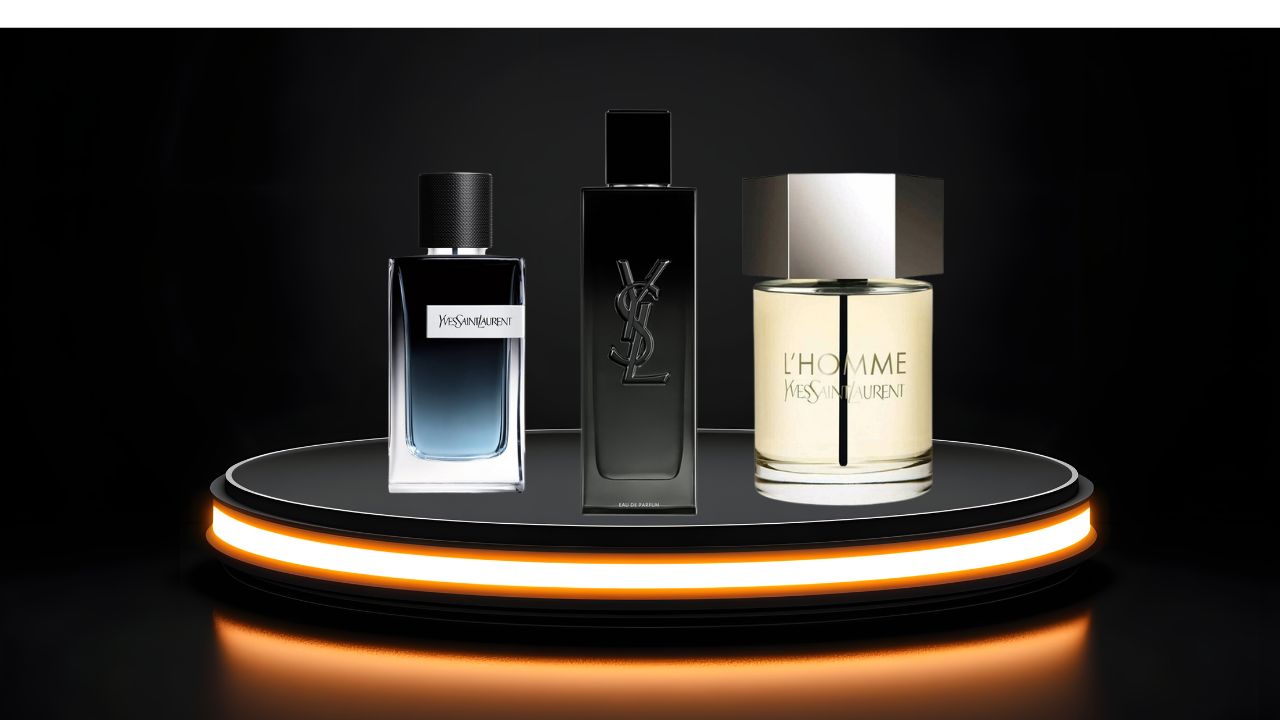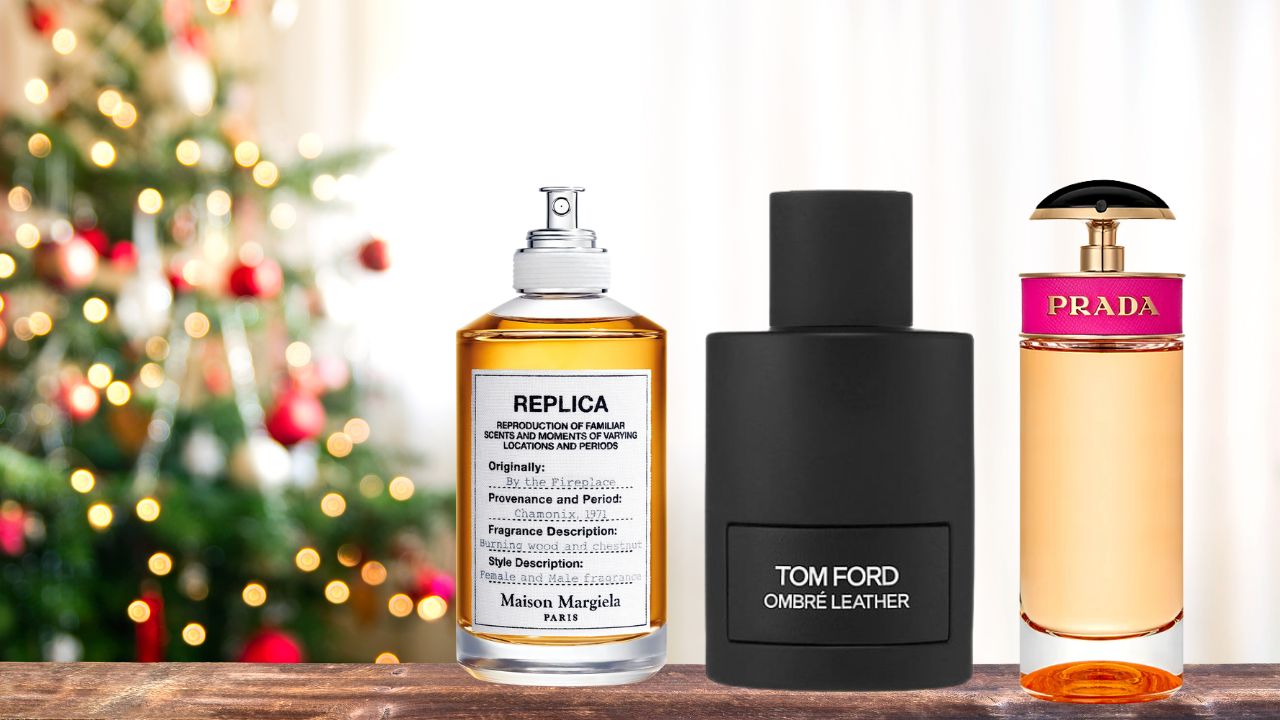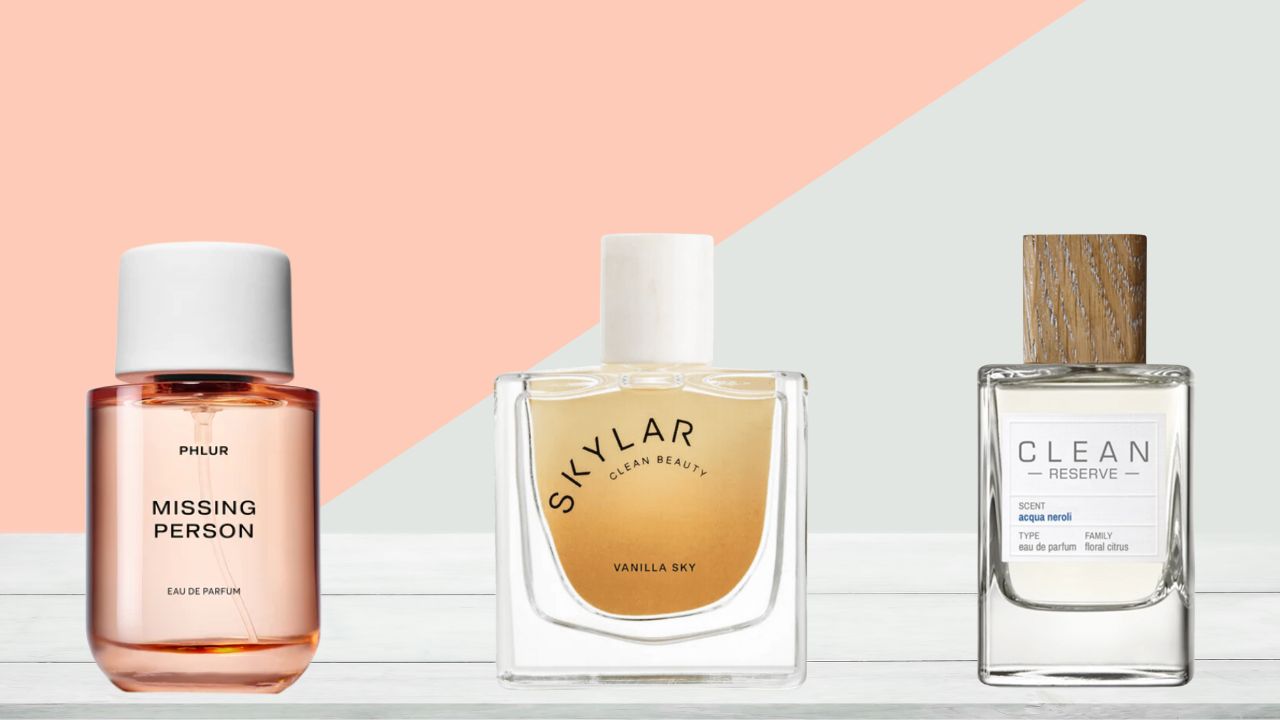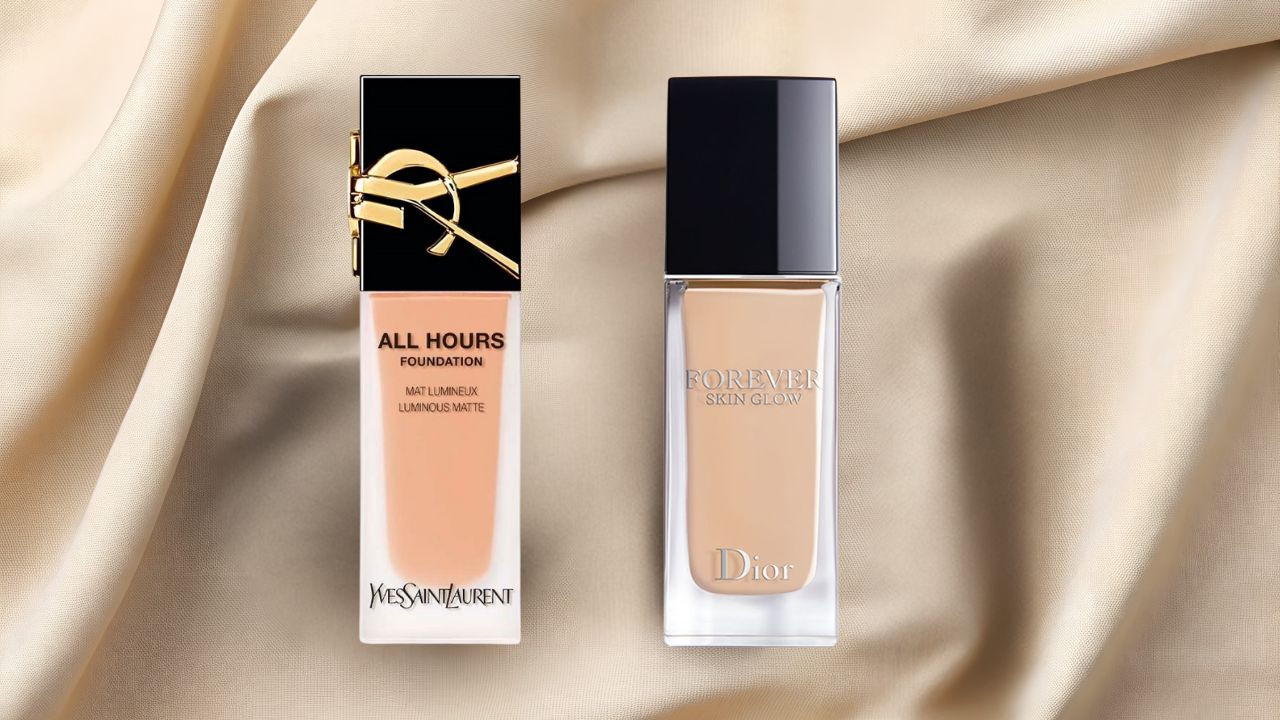Blog
Home / Beauty, Hair & Skin Care / Dry Skin SOS: A Foolproof Skin Care Routine for Deep Hydration
Categories
Recent Posts
- Best YSL Perfumes for Men in 2026: The Definitive Guide
- Affordable Christmas Perfume Gifts That Actually Feel Luxurious
- The Definitive Guide to Perfumes That Smell Like Creed Aventus: Luxury Scents Without the Luxury Price Tag
- Perfume Advent Calendars: 12 Days of Niche Scents
- Christmas Makeup Ideas: Your Guide to Festive Glamour That Actually Works
Dry Skin SOS: A Foolproof Skin Care Routine for Deep Hydration
0
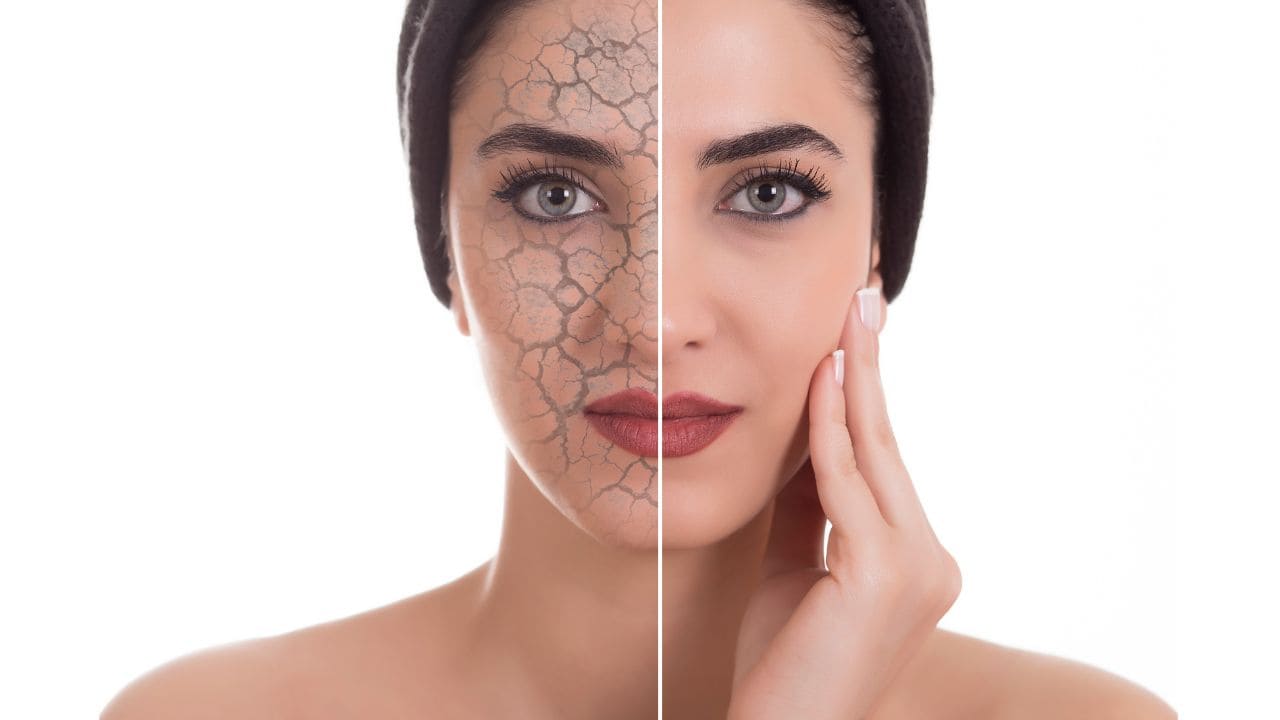
Dry skin can feel like an endless battle against tightness, flakiness, and that uncomfortable sensation that no amount of moisturizer seems to fix. If you’ve ever applied layer after layer of products only to find your skin feeling parched again within hours, you’re not alone in this struggle.
This comprehensive guide will transform your approach to dry skin care by revealing the science-backed strategies that dermatologists recommend for achieving lasting hydration. You’ll discover how to build an effective routine that works with your skin’s natural barrier, learn which ingredients provide deep moisture retention, and understand the lifestyle factors that can make or break your hydration goals.
Understanding Dry Skin: The Foundation of Effective Treatment
Dry skin, medically known as xerosis, occurs when your skin cannot retain adequate moisture due to compromised barrier function or insufficient natural oil production. Unlike oily skin types that produce excess sebum, dry skin struggles with lipid deficiency, creating microscopic gaps in the skin barrier that allow water to escape rapidly.
This moisture loss creates a cascade of uncomfortable symptoms including tightness, rough texture, visible flaking, and increased sensitivity to environmental factors. The skin’s natural protective barrier becomes weakened, making it more vulnerable to irritants, allergens, and premature aging signs like fine lines and loss of elasticity.
The Root Causes of Persistent Dryness
Environmental factors play a significant role in skin dehydration, with cold weather and low humidity conditions drawing moisture from the skin’s surface. Indoor heating systems compound this problem by creating artificially dry air that continuously strips away natural hydration throughout the day and night.
Your daily habits can unknowingly contribute to skin dryness. Extended hot showers, while relaxing, dissolve the skin’s protective lipid layer, leaving it vulnerable to moisture loss. Similarly, harsh soaps and cleansers containing sulfates or high pH levels can disrupt the skin’s natural acid mantle, compromising its ability to retain water effectively.
Genetic predisposition also influences skin dryness, with some individuals naturally producing fewer ceramides and natural moisturizing factors. Additionally, certain medical conditions such as eczema, hypothyroidism, or diabetes can manifest as persistently dry skin that requires specialized care approaches.
Building Your Morning Hydration Defense System
Your morning routine sets the foundation for all-day moisture retention by creating protective layers that shield your skin from environmental stressors while maintaining optimal hydration levels.
Step 1: Gentle, Barrier-Preserving Cleansing
Begin with a cream or lotion-based cleanser that removes overnight buildup without stripping essential oils. These formulations typically contain mild surfactants and moisturizing agents that cleanse effectively while maintaining the skin’s natural pH balance. Avoid foaming cleansers, which often contain harsh detergents that can exacerbate dryness by removing too much of the skin’s protective sebum layer.
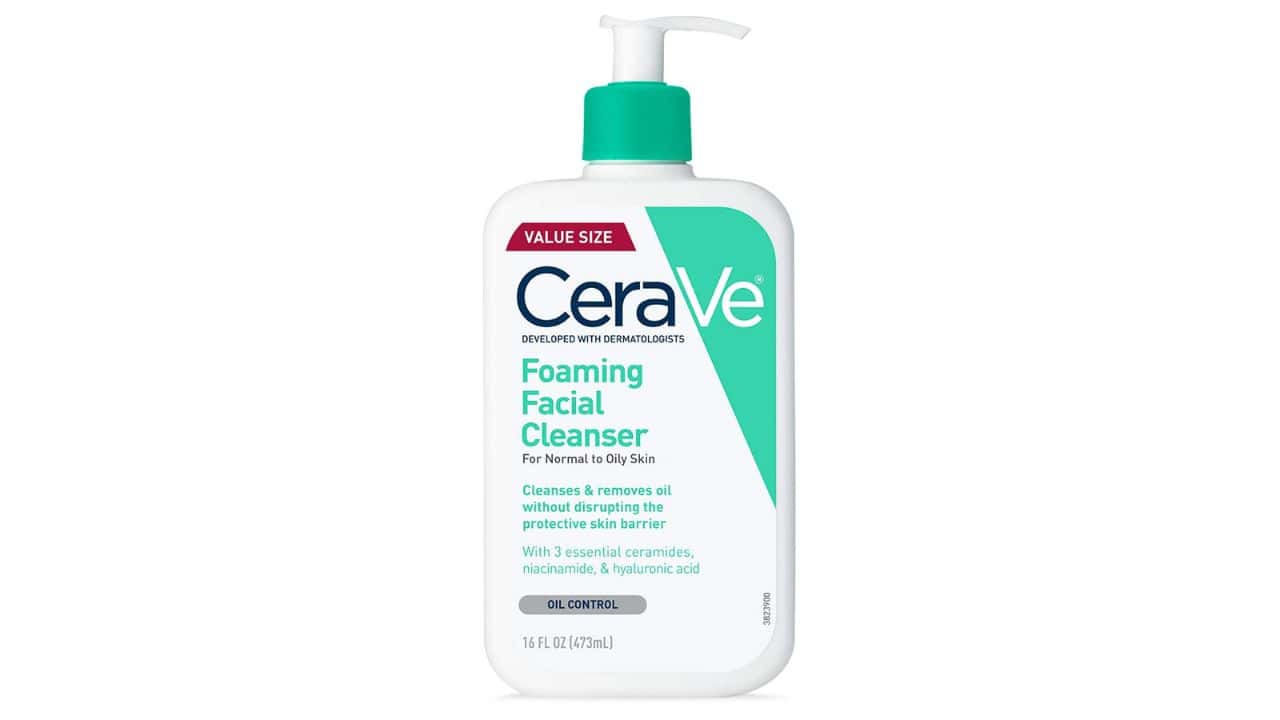
Apply the cleanser to damp skin using gentle, circular motions for 30-60 seconds, then rinse with lukewarm water. Pat your face dry with a soft towel, leaving skin slightly damp to prepare for the next step.
Step 2: pH-Balancing Hydrating Toner
Choose an alcohol-free toner formulated with humectants like glycerin or hyaluronic acid, along with soothing botanical extracts such as aloe vera or chamomile. These ingredients help restore your skin’s optimal pH while providing an initial layer of hydration that prepares your skin to better absorb subsequent products.
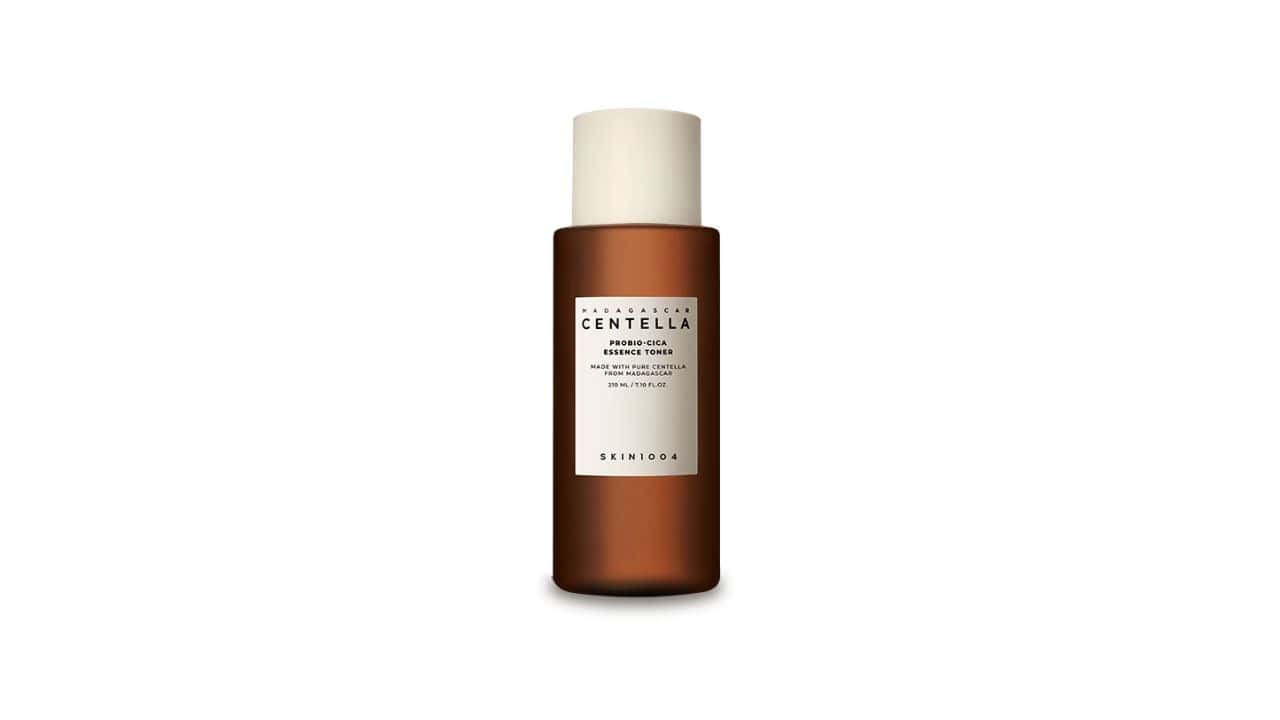
Apply the toner using gentle patting motions with your hands or a soft cotton pad, focusing on areas that tend to be particularly dry. This step also removes any remaining traces of cleanser while adding a moisture boost that enhances the effectiveness of your serum and moisturizer.
Step 3: Hydrating Serum Application
Hyaluronic acid serums are particularly beneficial for dry skin due to their ability to hold up to 1,000 times their weight in water. Apply 2-3 drops to slightly damp skin, as moisture helps hyaluronic acid perform more effectively. Gently press the serum into your skin rather than rubbing, allowing it to absorb for 1-2 minutes before proceeding to moisturizer.
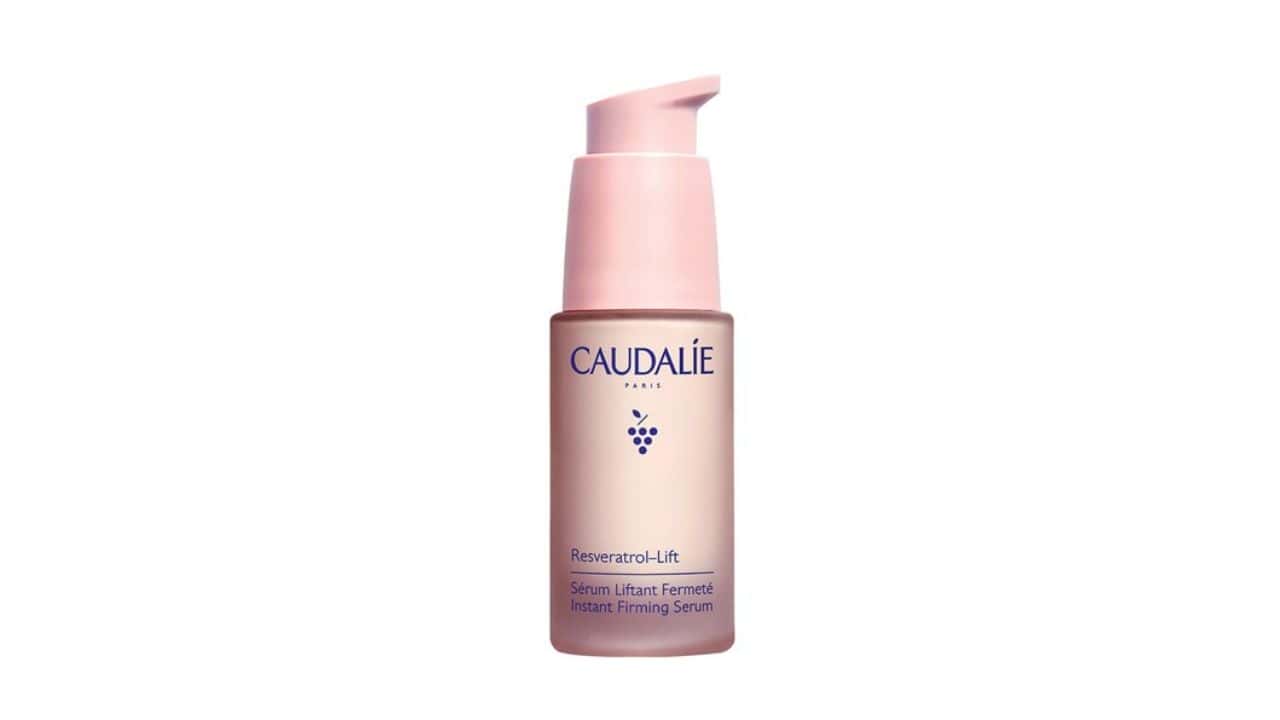
For additional benefits, look for serums that combine hyaluronic acid with other hydrating ingredients like sodium hyaluronate (a smaller molecule that penetrates deeper), glycerin, or niacinamide, which helps strengthen the skin barrier while reducing inflammation.
Step 4: Rich, Barrier-Repairing Moisturizer
Select a moisturizer containing ceramides, which are essential lipids that help restore and maintain the skin barrier. The ideal formulation should feel substantial without being heavy, absorbing within 5-10 minutes while leaving skin feeling soft and protected.
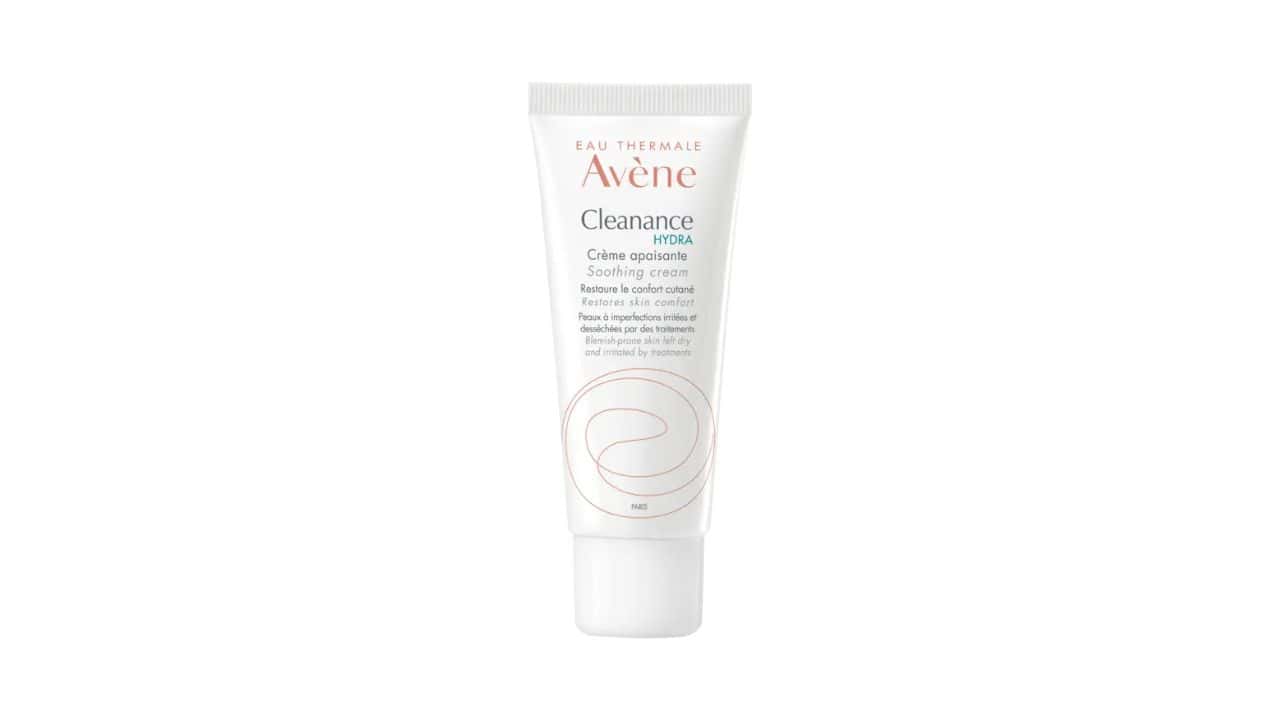
Apply moisturizer while your serum is still slightly damp to create a moisture sandwich effect that locks in hydration. Use upward strokes and gentle patting motions, paying extra attention to areas prone to dryness like the cheeks, around the nose, and the delicate eye area.
Step 5: Broad-Spectrum Sun Protection
Daily SPF application is crucial for dry skin types, as sun damage can further compromise the already weakened skin barrier. Choose a broad-spectrum SPF 30 or higher that contains moisturizing ingredients like zinc oxide or titanium dioxide, which provide physical protection while being less likely to irritate sensitive, dry skin.

Apply sunscreen generously 15 minutes before sun exposure, and reapply every two hours when spending extended time outdoors. Many moisturizers now include SPF, which can streamline your routine while ensuring comprehensive protection.
Evening Repair and Recovery Protocol
Nighttime provides the optimal window for skin repair and regeneration, making your evening routine crucial for addressing dry skin concerns and preventing further moisture loss while you sleep.
Step 1: Deep Cleansing Without Compromise
Double cleansing becomes especially important for dry skin types who wear sunscreen and makeup daily. Start with an oil-based cleanser or cleansing balm that gently dissolves makeup, sunscreen, and excess oils without disrupting the skin barrier. Massage the oil cleanser into dry skin for 60 seconds, then add a small amount of water to emulsify before rinsing.
Follow with the same gentle, cream-based cleanser used in your morning routine to remove any remaining residue while maintaining hydration. This two-step process ensures thorough cleansing without the harsh stripping effects that can worsen dryness.
Step 2: Strategic Exfoliation for Dry Skin
Gentle exfoliation helps remove the buildup of dead skin cells that can prevent moisturizers from penetrating effectively. However, dry skin requires a delicate approach to avoid further irritation or barrier damage.
Use a chemical exfoliant like lactic acid or polyhydroxy acids (PHAs) no more than 1-2 times per week. These gentle acids dissolve dead skin cells while providing additional hydrating benefits. Start with lower concentrations (5-10% lactic acid) and gradually increase frequency as your skin builds tolerance.
Avoid physical scrubs with rough particles, as these can create micro-tears in already compromised dry skin. Instead, opt for enzyme-based exfoliants or gentle exfoliating cloths made from soft materials like bamboo or microfiber.
Step 3: Targeted Treatment Serums
Evening is the ideal time to apply treatment serums that address specific dry skin concerns. Retinol can help improve skin texture and reduce fine lines associated with dryness, but it requires careful introduction for dry skin types.
Begin with a low-concentration retinol (0.25-0.5%) used only twice per week, always followed by a rich moisturizer. If retinol proves too irritating, consider alternatives like bakuchiol or peptide serums that provide anti-aging benefits without the potential for increased dryness.
Niacinamide serums are particularly beneficial for dry skin, as they help strengthen the skin barrier while reducing inflammation and regulating oil production. These can be used nightly without the gradual introduction required for retinol.
Step 4: Intensive Overnight Hydration
Your nighttime moisturizer should be richer and more occlusive than your morning formula, designed to prevent transepidermal water loss while you sleep. Look for night creams containing ingredients like squalane, shea butter, or jojoba oil, which provide deep nourishment without clogging pores.
For extra dry areas, consider applying a thin layer of facial oil over your night cream to create an additional occlusive barrier. Rosehip seed oil, argan oil, or marula oil are excellent choices that absorb well without leaving a greasy residue.
Ingredient Intelligence: What to Seek and Avoid
Understanding which ingredients support dry skin health versus those that can exacerbate dryness empowers you to make informed product choices that align with your skin’s specific needs.
Powerhouse Hydrating Ingredients
Ceramides function as the building blocks of healthy skin barrier function, helping to seal in moisture while protecting against environmental damage. Look for products containing multiple types of ceramides (ceramide 1, 3, and 6-II are most common) for comprehensive barrier support.
Hyaluronic acid and its derivatives (sodium hyaluronate, hydrolyzed hyaluronic acid) provide multi-level hydration by attracting and binding moisture from the environment and deeper skin layers. Different molecular weights penetrate to various depths, creating comprehensive hydration throughout the skin structure.
Glycerin acts as a humectant, drawing moisture from the air into your skin while also helping to maintain the skin’s natural moisture balance. It’s particularly effective when combined with occlusive ingredients that prevent the moisture from evaporating.
Natural moisturizing factors (NMFs) like urea, lactic acid, and pyrrolidone carboxylic acid help maintain the skin’s natural hydration mechanisms. These ingredients are naturally present in healthy skin but can become depleted in dry skin conditions.
Ingredients That Compromise Dry Skin
Denatured alcohol (alcohol denat, SD alcohol) appears in many skincare products as a preservative or to create a lightweight texture, but it can be extremely drying and irritating to compromised skin barriers. Check ingredient lists carefully and avoid products where alcohol appears in the first five ingredients.
Synthetic fragrances and essential oils can trigger inflammatory responses in dry, sensitive skin, leading to increased irritation and moisture loss. Opt for fragrance-free formulations, especially for leave-on products like moisturizers and serums.
Harsh surfactants like sodium lauryl sulfate (SLS) strip away natural oils and disrupt the skin’s pH balance. Choose cleansers with gentler alternatives like sodium cocoyl glutamate or decyl glucoside that clean effectively without compromising barrier function.
Lifestyle Strategies for Long-Term Skin Health
Supporting your skincare routine with healthy lifestyle choices creates a comprehensive approach to managing dry skin that addresses both internal and external factors affecting skin hydration.
Environmental Modifications
Indoor air quality significantly impacts skin moisture levels, particularly during heating and cooling seasons when humidity drops dramatically. Use a humidifier to maintain indoor humidity levels between 40-60%, which helps prevent moisture loss from your skin throughout the day and night.
Adjust your bathing habits to support skin hydration by keeping shower temperature lukewarm and limiting shower time to 10 minutes or less. Immediately after bathing, apply moisturizer to damp skin to trap water and enhance absorption.
Nutritional Support for Skin Hydration
Adequate water intake supports overall skin health, though topical hydration remains more directly effective for addressing surface dryness. Aim for consistent hydration throughout the day rather than trying to “catch up” with large amounts of water at once.
Essential fatty acids from sources like salmon, walnuts, flaxseeds, and avocados support skin barrier function from within. These omega-3 and omega-6 fatty acids help maintain cell membrane integrity and reduce inflammation that can contribute to skin sensitivity and dryness.
Antioxidant-rich foods including berries, leafy greens, and colorful vegetables provide compounds that protect against environmental damage and support skin repair processes. Vitamin C, vitamin E, and beta-carotene are particularly beneficial for maintaining healthy skin structure.
Transform Your Skin with Consistent Care
Achieving lasting relief from dry skin requires patience, consistency, and the right combination of products and techniques tailored to your skin’s unique needs. The strategies outlined in this guide provide a comprehensive framework for building an effective routine that addresses both immediate comfort and long-term skin health.
While understanding proper dry skin care techniques is essential, having access to high-quality, dermatologist-recommended products ensures you achieve the deep, lasting hydration your skin craves. With countless moisturizers, serums, and treatments available, finding trusted, effective formulations that deliver professional-level results can feel overwhelming.
Discover your perfect dry skin solution at Beautinow – your trusted destination for authentic, premium skincare products that deliver dermatologist-quality hydration and barrier repair in the comfort of your home.
Why choose Beautinow for your dry skin needs:
- Curated selection of authentic hydrating products from dermatologist-recommended brands
- Premium formulations featuring clinically-proven ingredients like ceramides, hyaluronic acid, and barrier-repairing lipids
- Specialized products for every level of dryness, from mild dehydration to severely compromised skin barriers
- Detailed ingredient guides and application instructions for optimal hydration results
- Expert skincare advice and personalized product recommendations based on your specific dry skin concerns
Your skin deserves the deep, lasting hydration that only comes from properly formulated, high-quality products designed specifically for dry skin needs. Experience the transformative power of authentic, dermatologist-tested formulations with Beautinow’s expertly curated collection of premium dry skin care essentials – including trusted favorites like CeraVe Daily Moisturizing Lotion, La Roche-Posay Toleriane Caring Wash, and Neutrogena Hydro Boost Water Gel.
Frequently Asked Questions
Q: Is niacinamide good for dry skin?
A: Yes, niacinamide is excellent for dry skin because it strengthens the skin barrier by increasing ceramide production, which helps lock in moisture more effectively. It also has anti-inflammatory properties that soothe irritation and can help balance oil production in dehydrated skin. Look for serums with 5-10% niacinamide and apply after cleansing but before moisturizer for best results.
Q: How often should I moisturize my face if I have dry skin?
A: You should moisturize at least twice daily—once in the morning and once at night—as the absolute minimum for dry skin. However, if your skin still feels tight or uncomfortable between applications, don’t hesitate to add a midday touch-up, especially during harsh weather or in air-conditioned environments. Listen to your skin’s signals and adjust frequency as needed, as some people with severely dry skin benefit from 3-4 applications daily.
Q: Why is my face dry even after using moisturizer?
A: The most common reason is applying moisturizer to completely dry skin instead of slightly damp skin, which prevents optimal absorption and moisture-trapping. You may also be using insufficient product (you need about 1/4 teaspoon for face and neck) or the wrong type of moisturizer for your level of dryness. If these issues don’t resolve the problem, you might have underlying barrier damage that requires repair-focused ingredients like ceramides before moisturizers can work effectively
Related posts
Best YSL Perfumes for Men in 2026: The Definitive Guide
In the hushed corners of Parisian perfumeries, where light filters through crystal bottles and conversation turns to notes of vetiver a...
Affordable Christmas Perfume Gifts That Actually Feel Luxurious
There's something inherently intimate about gifting fragrance—it's a gesture that says you've paid attention, that you understand someo...
The Definitive Guide to Perfumes That Smell Like Creed Aventus: Luxury Scents Without the Luxury Price Tag
There's a certain magnetism to walking into a room wearing the right fragrance. It's not loud, it's not desperate—it's simply there, co...
Perfume Advent Calendars: 12 Days of Niche Scents
There's something quietly revolutionary happening in the world of fragrance, and it arrives in December wrapped in numbered boxes. Forg...
Christmas Makeup Ideas: Your Guide to Festive Glamour That Actually Works
Picture this: You're getting ready for the season's most anticipated gathering, and you're faced with the same tired holiday makeup dil...
Perfumes That Smell Like Christmas: Your Guide to Festive Fragrance Magic
There's something almost alchemical about the way certain fragrances can transport you instantly to a snow-dusted evening in December, ...
Perfume for Sensitive Skin That Won’t Cause Allergies: The Essential Guide to Scent Without Irritation
There's a particular kind of disappointment that comes with finding a fragrance you love, only to discover hours later that your skin h...
10 of the Classic Perfumes That Never Go Out of Style: The Timeless Fragrances That Define Elegance
In the hushed elegance of a Parisian boutique, where crystal flacons catch the afternoon light like precious jewels, something remarkab...
Perfumes with the Most Beautiful Bottles: Where Art Meets Olfactory Excellence
In a world where first impressions are everything, the bottle sitting on your vanity speaks volumes before you've even spritzed a singl...
10 Best Chanel Perfumes: Timeless Elegance in Every Bottle
In the world of luxury fragrance, few names command the reverence and recognition that Chanel does. Picture this: it's 1921, and Gabrie...
The 10 Best Women’s Perfumes for Xmas Gifts: Luxury Fragrance Gift Guide 2025
Choosing the perfect women's perfume for Xmas gifts requires more than walking into a store and picking the prettiest bottle. The right...
Dior Foundation vs YSL Foundation: The Ultimate 2025 Comparison Guide
Standing in front of the luxury foundation counter, you're faced with a decision that's both exciting and overwhelming. Two beautiful b...
Comments


